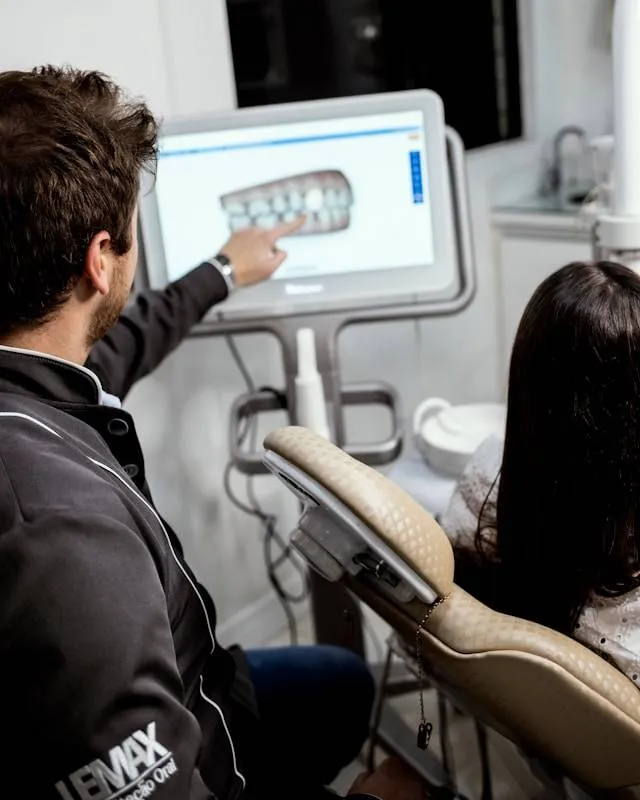
-
Monday - Saturday: 8am - 12pm ; 2pm - 8pm
Sunday: 8am - 12pm - Make an appointment
- [email protected] Contact us

Monday - Saturday: 8am - 12pm ; 2pm - 8pm
Sunday: 8am - 12pm
A human tooth is divided into three main parts: the crown, the neck, and the root. The crown is the part that is visible in the mouth, and is covered by enamel, the hardest protective layer in the body. Beneath the enamel is dentin, a hard tissue that is less hard than enamel. The innermost part of the tooth is the pulp, which contains the nerves and blood vessels that nourish the tooth.
The pits and grooves on the chewing surfaces of the back teeth are ideal places for bacteria and plaque to accumulate. Because of their shape and depth, it is difficult to completely clean these pits and grooves with a regular toothbrush. Bacteria in plaque produce acids, which erode tooth enamel and lead to tooth decay.
Sealants are an effective wayto prevent tooth decay. By filling the pits and fissures with a sealant, bacteria and plaque have no place to accumulate, reducing the risk of tooth decay. Sealants are usually made from composite resin or glass ionomer cement.

Pit and fissure sealants are an effective method of preventing tooth decay, especially in children. The procedure involves the following steps:
Dental sealants are a simple, painless procedure that is very effective in preventing tooth decay in children. However, to ensure long-term results, it is important to follow post-sealant care instructions and have regular check-ups with your dentist.
Sealants can flake or wear off over time, especially if not properly cared for. However, studies show that sealants can last for many years if applied correctly and cared for properly.
Sealants are typically recommended for children when their permanent molars first come in, around ages 6 to 14. However, adults may also benefit from sealants if they are at high risk for tooth decay.
After having a sealant applied, oral care is still very important. So:

1. Our websites and newsletters are not intended to replace the services of a physician and do not constitute a doctor-patient relationship. They are for informational purposes only and are not a substitute for professional advice. Please do not use the information
2. The Vietnamese version is the main version, which has reference value. We have tried our best to make the other versions (English, Japanese, Korean) as good as possible. However, there are still errors, especially in foreign languages. We hope that readers will inform us of such errors via the contact form or at [email protected] . We thank you for your valuable help.
© 2025, Sakura Dental Clinic . All Rights Reserved.